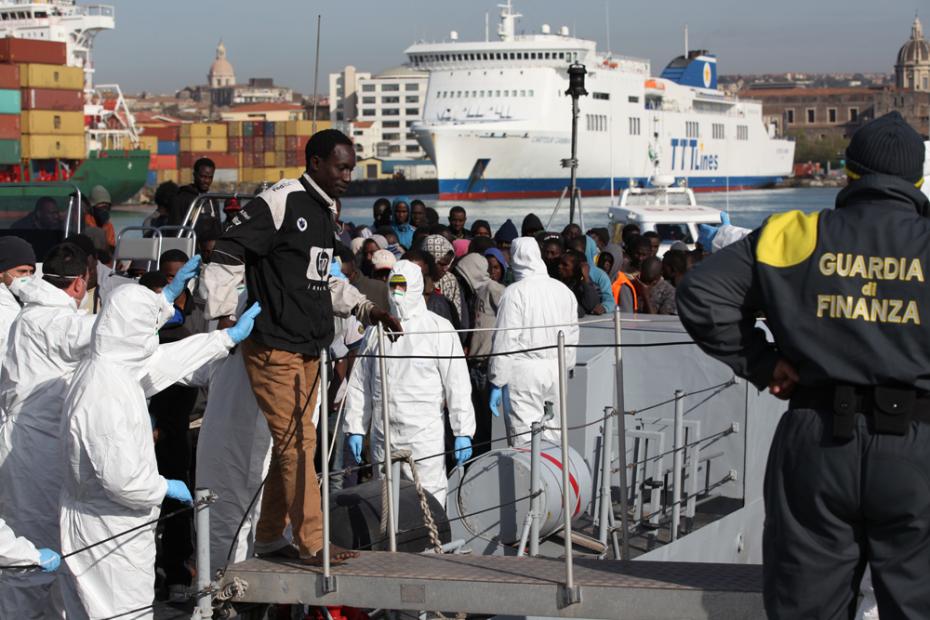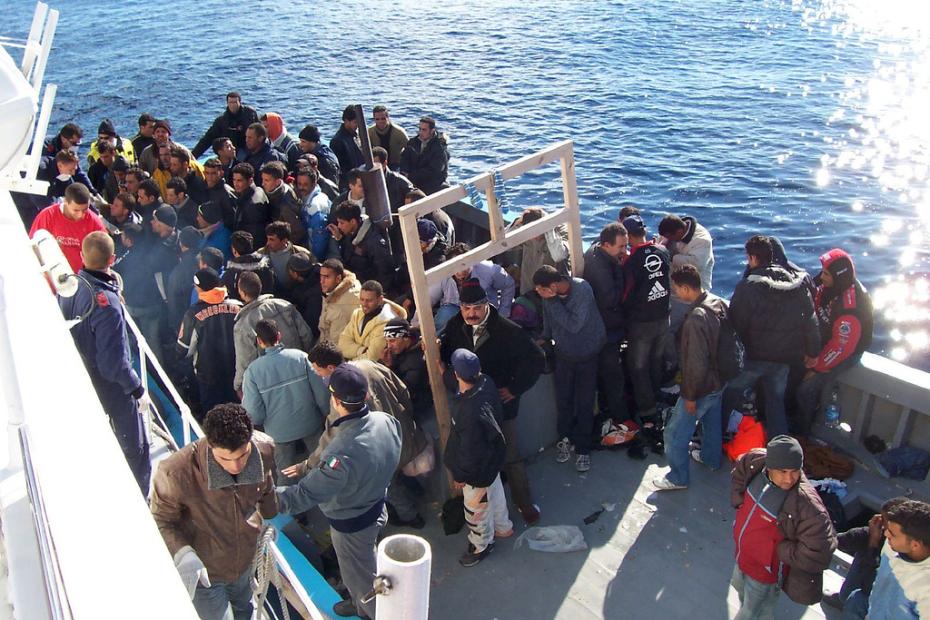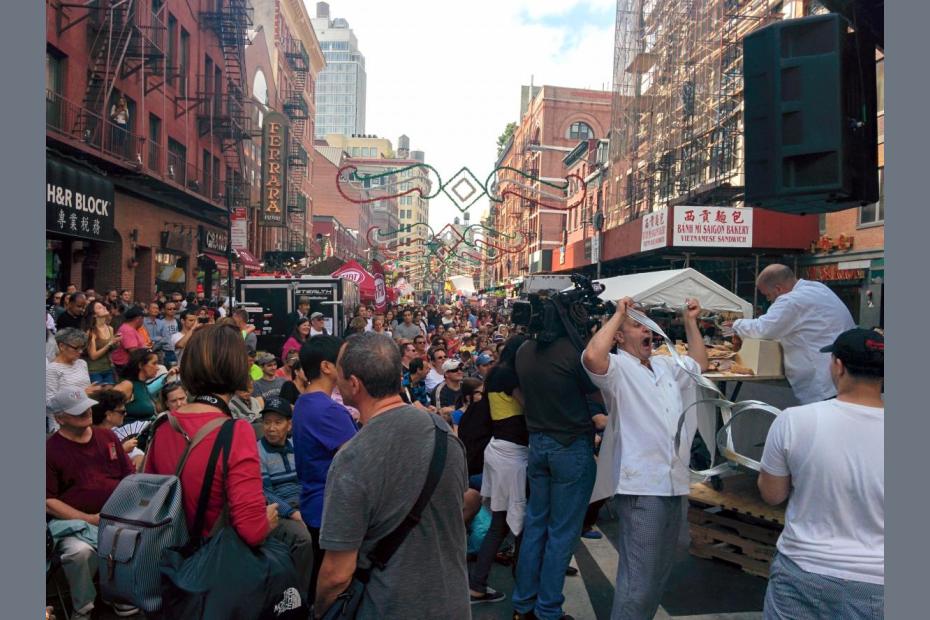For generations, Italians, especially from the south, migrated away from villages to find job opportunities in more industrialized parts of Italy and in North and South America. In the post-World War II era, migration from poorer villages to industrializing urban areas posed serious challenges for the Church, as slums rose on the outskirts of many cities and many traditional social, familial and religious patterns were disrupted.1 In North and South America, migrant Italian communities brought and preserved Italian cultural traditions.
In recent years, Italy has instead faced a very different reality, absorbing large numbers of migrants from Eastern Europe, North Africa, South Asia and East Asia. In part as a consequence of Italy’s membership in the European Union, emigration into Italy has become a serious cultural challenge.
According to official statistics, there are more than 933,000 Romanians; almost 525,000 Moroccans; over 500,000 Albanians, 320,000 Chinese, 233,000 Ukrainians, 165,000 Filipinos and 160,000 Indians legally residing in Italy. Moldovans, Egyptians, Bangladeshis, and Tunisians are also well represented, at more than 120,000 each.2
Large numbers of undocumented immigrants are harder to estimate. Immigrants are much more heavily represented in the northern urban and industrial areas, though the south has been home to large numbers of camps for waves of refugees who cross the Mediterranean in rafts or overfilled boats to land at Lampedusa or Sicily.
Italy has not absorbed as proportionately large a foreign population as many other states, but in the last two decades, for the first time in centuries, it has faced an imagined multicultural future, and has only slowly been learning how to deal with it. Anti-immigrant backlash, some of it organized through political parties like the Northern League, has been prominent in the news. Pope Francis, on the other hand, has been outspoken in calling attention to the plight of refugees to Italy.
One important aspect of migration to Italy is the challenge of welcoming a Muslim population into a society that defines itself, at least culturally, as Catholic. Rome’s mosque is reputedly the largest in Europe, but other parts of Italy have been resistant to mosque-building.
- 1John Pollard, Catholicism in Modern Italy: Religion, Society and Politics since 1861 (London: Routledge, 2008), 132-3.
- 2See Istat (National Institute of Statistics), http://demo.istat.it/str2012/index.html and http://www.istat.it/it/archivio/129854.


